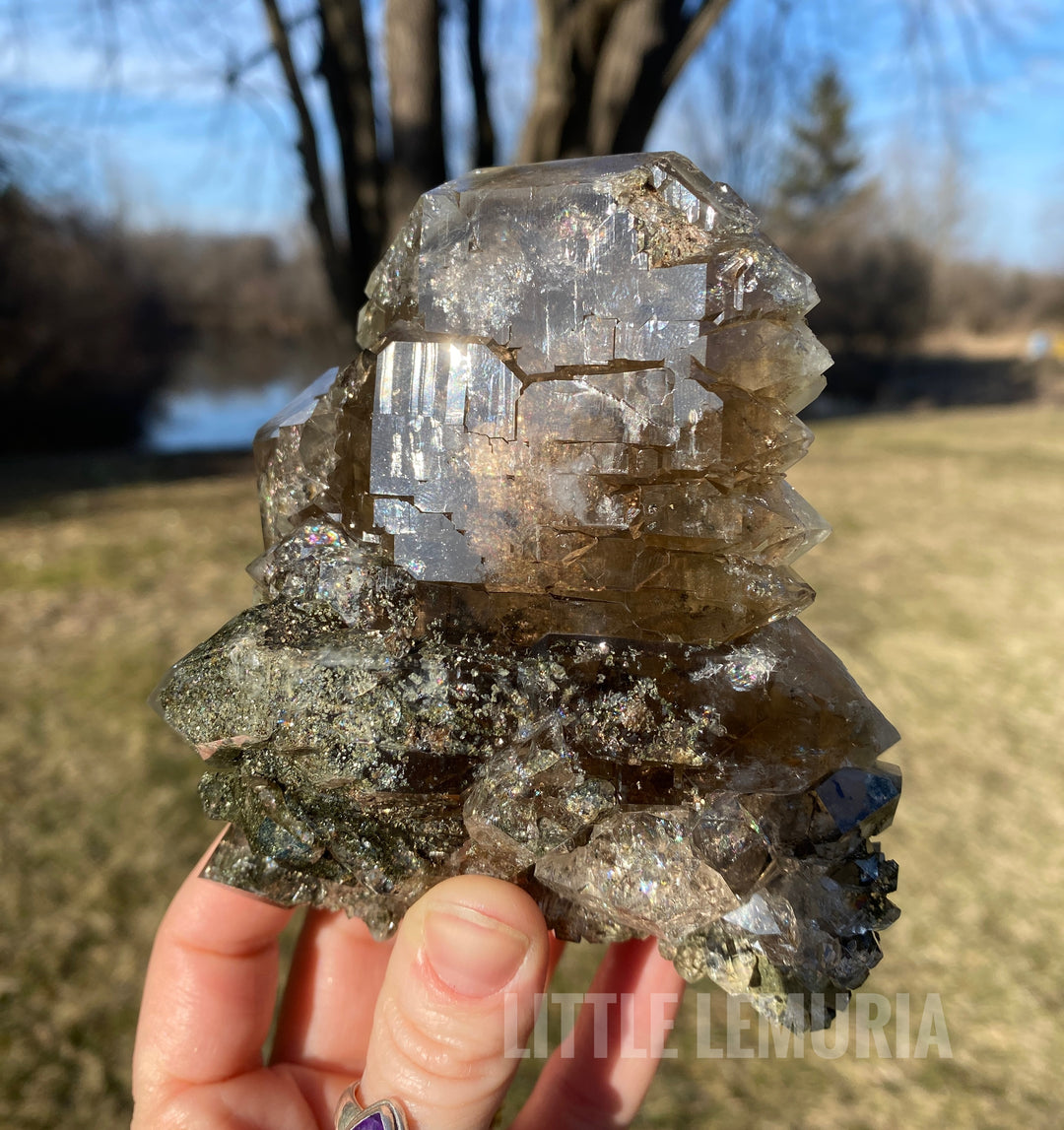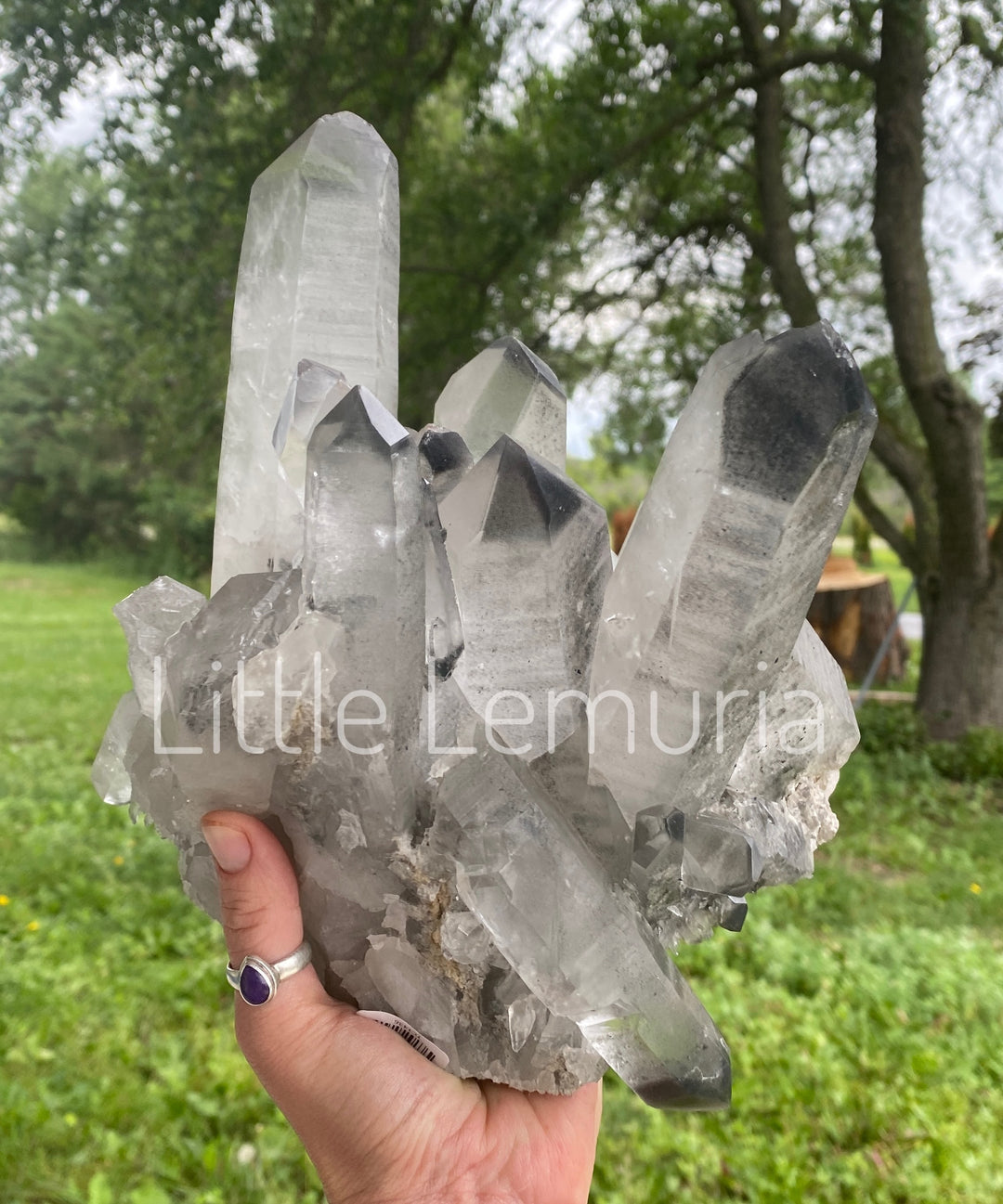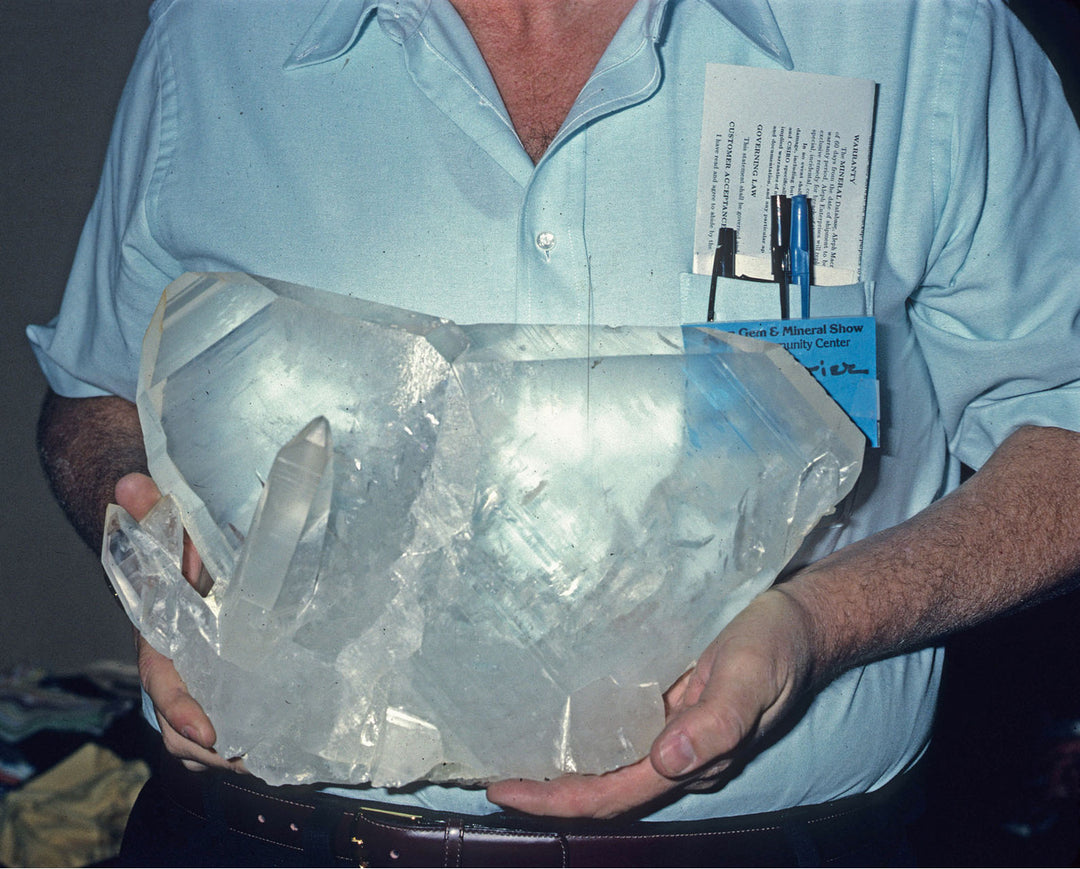A brief history of Ocean Jasper
It feels like too long since I've delivered some scientific factoids in literary form. I have enjoyed making you youtube videos, but I have no intention of abandoning this format anytime soon.
Today we are going to talk about a common stone that has changed in looks over time. Ocean Jasper, or Orbicular Jasper, comes (almost) exclusively from Madagascar. My friends out there who have collected for more than a few years will notice that it has changed in looks over time. The reason for this is that new veins within existing mines have been exposed periodically causing waves of new ocean jasper to hit the gem market.

Ocean Jasper was first discovered in 1922, but there was no information as to the locality (other than somewhere in Madagascar). In 1950 a piece of Ocean Jasper was brought to the Museum of Sciences in Paris, France. Again, this was followed with the disappointment of not knowing where exactly it had been found.

Fast forward to 1997 when an ambitious Paul Obenich of Madagascar Minerals spent 45 days searching the coast of Madagascar and finally found the location of the mysterious stone. The location is only visible during low tide, which made efforts to search quite challenging! Ocean Jasper was then brought to the Tucson Gem Show in 2000 and was an instant sensation.
The location found by Paul Obenich has been “Mined Out" since 2006, which means miners have exhausted its supply and what is on the market currently for the location Maravato, Madagascar, is all there will ever be.

Ocean Jasper is not unlike most of the other gems in the mainstream market in that it has been given a simple trade name. This stone is in fact a spherulitic variety of chalcedony. Spherulite is a term for the radiating structures we call orbs. They are especially common in Silica-rich Rhyolites (think rainforest jasper). The exact reason for the formation is hypothesized to be the consequence of rapid mineral growth after nucleation. Its possible that they radiate around an accumulation of volatiles.
Nucleation is the term for the very beginnings of the crystallization process occurring in a liquid or vapor. The term volatile is in reference to the silica that precipitates (water vapor and carbon dioxide) from cooling magma from lava flows.

In short, Ocean Jasper is a Rhyolitic igneous rock that is rich in silica. Lucky for us, mother nature orchestrated the perfect recipe for the little orbicular beauties we all love!






